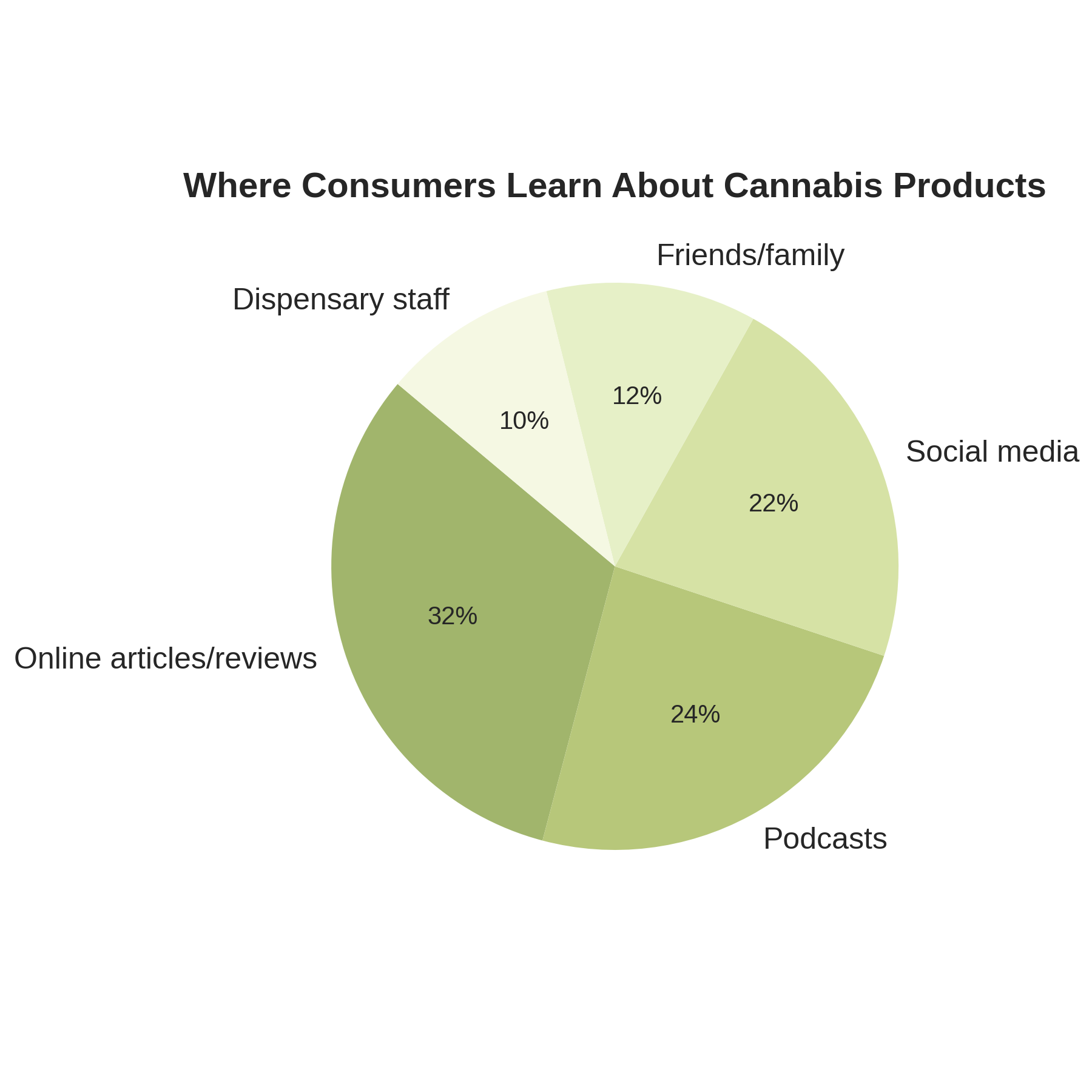Understanding Dry Herb Vaporizers: A Different Way to Consume Flower
At the Network of Applied Pharmacognosy (NAP), we aim to bridge community experience with scientific understanding. Recently, we surveyed hundreds (n= 582) of cannabis consumers to learn more about how and why people are choosing to vaporize cannabis flower rather than other methods of consumption like smoking. The findings highlight how this method aligns with harm reduction, flavor preservation, and informed self-determination in plant medicine.
Why Consumers Choose Dry Herb Vaporizers
For most respondents, health and flavor were the top priorities. Over 85% cited reduced harshness and improved respiratory comfort as their main motivation, while three-quarters said vaporizers offer better taste and aroma.
“Health concerns” and “better flavor” topped the list, followed by greater efficiency, meaning vaporizing may stretch your flower further while producing fewer combustion byproducts.
Barriers to Adoption
Despite the clear benefits, many consumers still haven’t made the switch to dry herb vaporization.
The biggest hurdle? Cost. Around 40% said vaporizers feel too expensive, and others expressed skepticism that they “work as well” as smoking.
This reveals an opportunity for both education and accessibility, dispelling myths about vapor potency and ensuring affordable, quality devices reach more consumers.
What Matters Most in a Vaporizer
When asked what features were most important, respondents prioritized flavor quality, temperature control, and smooth vapor. Ease of cleaning and strong battery life were also high on the list, practical reminders that the best device is one you’ll actually enjoy using.
Temperature control isn’t just a tech perk, it’s a pharmacological tool. Lower temperatures preserve volatile terpenes and cannabinoids, allowing consumers to customize their experience with precision. Some consumers enjoy increasing the vaporization temperature throughout a session, which allows for a fuller extraction of all the active compounds.
Differences in Effects: Not All Vapor Is the Same
When comparing vaporizing to smoking, 35% of consumers said the effects feel stronger, while about 30% described them as milder, highlighting just how variable personal response can be.
This variation underscores NAP’s focus on personalized cannabis medicine: different devices, temperatures, and inhalation techniques all influence the chemistry of what reaches your bloodstream.
How People Learn About Cannabis Tech
Most respondents discovered new cannabis products through online reviews, podcasts, and social media, rather than dispensaries.
For educators, scientists, and responsible brands, this reinforces the need for accurate, evidence-based education in digital spaces, a key mission of NAP’s outreach work.
All together, we learned from this survey that people are eager to try dry herb vaping. While there are still some barriers to use and understanding, it is bound to be a consumption method that becomes increasingly popular in the upcoming years and can be seen as a form of harm reduction for medical use of cannabis.




